looking at this demo, maybe could help you, and look at the comments, some say nice while some say too complicate to achieve it
html:
<div>
<dt></dt>
<dd></dd>
</div>
css:
#progress {
position: fixed;
z-index: 2147483647;
top: 0;
left: -6px;
width: 1%;
height: 2px;
background: #0088CC;
-moz-border-radius: 1px;
-webkit-border-radius: 1px;
border-radius: 1px;
-moz-transition: width 500ms ease-out,opacity 400ms linear;
-ms-transition: width 500ms ease-out,opacity 400ms linear;
-o-transition: width 500ms ease-out,opacity 400ms linear;
-webkit-transition: width 500ms ease-out,opacity 400ms linear;
transition: width 500ms ease-out,opacity 400ms linear;
}
#progress dd, #progress dt {
position: absolute;
top: 0;
height: 2px;
-moz-box-shadow: #0088CC 1px 0 6px 1px;
-ms-box-shadow: #0088CC 1px 0 6px 1px;
-webkit-box-shadow: #0088CC 1px 0 6px 1px;
box-shadow: #0088CC 1px 0 6px 1px;
-moz-border-radius: 100%;
-webkit-border-radius: 100%;
border-radius: 100%;
}
#progress dt {
opacity: .6;
width: 180px;
right: -80px;
clip: rect(-6px,90px,14px,-6px);
}
#progress dd {
opacity: .6;
width: 20px;
right: 0;
clip: rect(-6px,22px,14px,10px);
}
js:
$(document).ajaxStart(function() {
//only add progress bar if added yet.
if ($("#progress").length === 0) {
$("body").append($("<div><dt/><dd/></div>").attr("id", "progress"));
$("#progress").width((50 + Math.random() * 30) + "%");
}
});
$(document).ajaxComplete(function() {
//End loading animation
$("#progress").width("101%").delay(200).fadeOut(400, function() {
$(this).remove();
});
});
